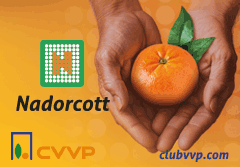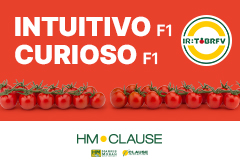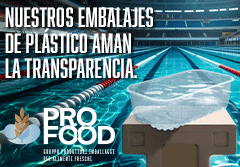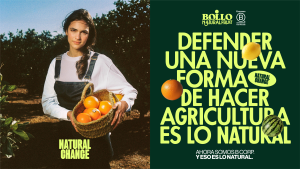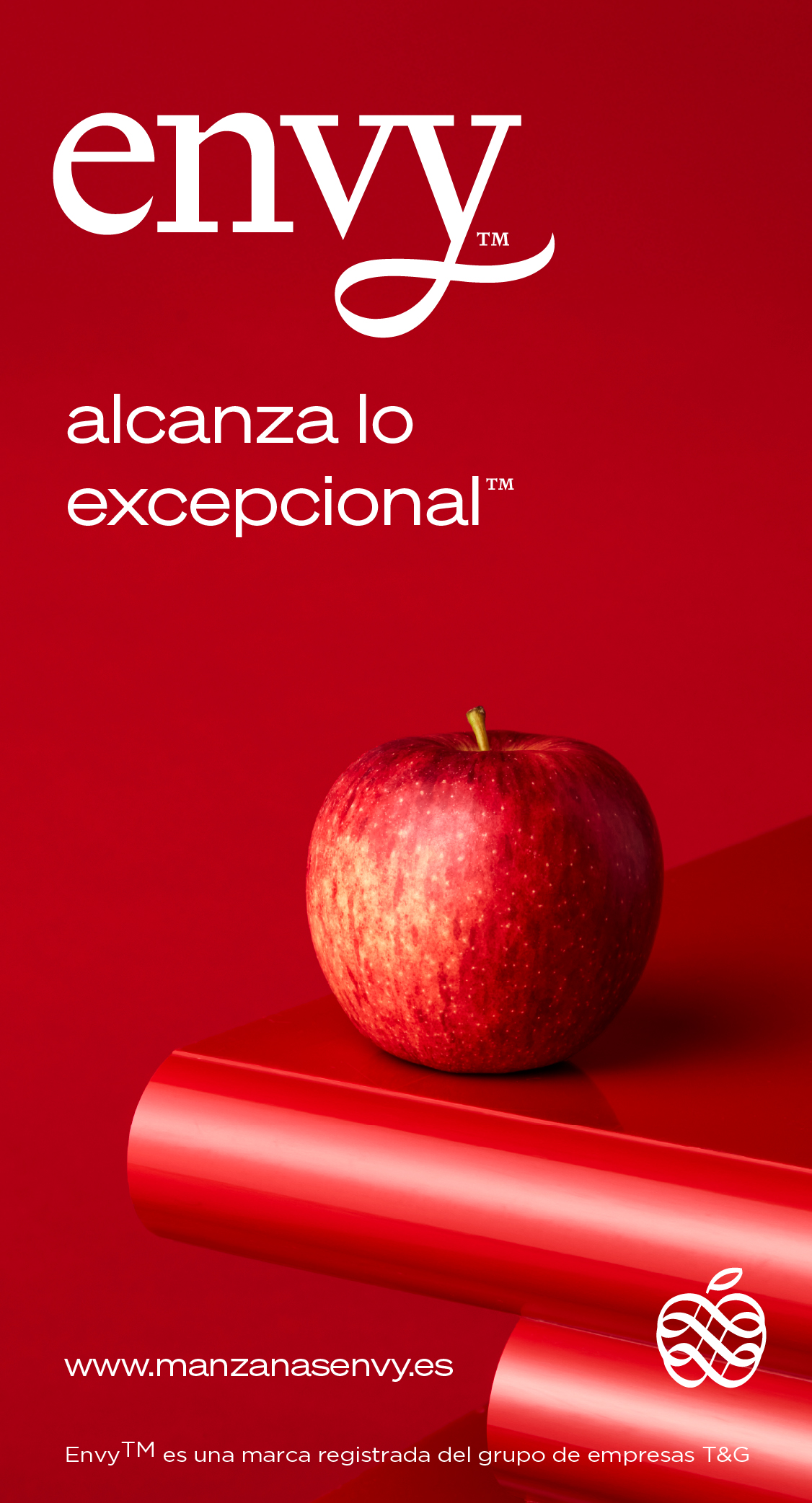When the poisonous plants of thorn-apple and deadly nightshade grow alongside leafy green vegetables, the colour of the weeds is so similar to that of the farming produce that they are difficult to detect. This forms a true challenge for the processors and the changes in the current farming methods are intensifying this problem. Therefore, the growing demand by consumers for ecological crops and the restrictions in the use of herbicides are contributing to the proliferation of weeds. Unfortunately, this situation is going to get worse: it is foreseen that the annual value of ecological food sales worldwide will rise to an annual rate of between 10% and 13% by 2030. This will increase the volume of toxic weeds that are mixed with fresh and frozen vegetables. The good news is that the most advanced classification machines are already offering effective solutions. Today, there is a type of classification technology in particular that has detection capabilities that were unheard of until very recently.
Differences between toxic weeds
Deadly nightshade has the appearance of a little green ball which, over time, turns black and at the end, looks like a bilberry. As there is virtually no difference in colour between green deadly nightshade and green farming produce (beans or spinach), it is difficult for food classifiers that use colour to distinguish them.
Thorn-apple is also ball-shaped, remaining green, covered in many thorns. When it is mixed with leafy green vegetables it is also complicated for food classifiers that separate according to colour to detect it.
All these challenges mean that classifying deadly nightshade and thorn-apple by colour and shape are not enough and it is often necessary to classify them using a processing line that can detect their biological/biometric characteristics.
The classification machines that resolve the problem
TOMRA offers highly effective classification systems for all types of vegetable products, including frozen, fresh packaged, fresh cut and tinned vegetables.
The two classifying machines that detect weeds best are the TOMRA 5B and the TOMRA 5C. Some processors use both machines on the same line: first the TOMRA 5B, before chopping or blanching the produce and then followed by the TOMRA 5C, with biometric firm identification technology (BSI), to carry out the final checks.
TOMRA 5B for fresh produce
The TOMRA 5B is a high range classifying conveyor belt machine that can detect and reject thorn-apple and deadly nightshade mixed with fresh produce. It combines 360 degree wraparound viewing with one or more lasers and advanced algorithms. It can classify by colour, shape (using cameras) and structure (using lasers), and it can also detect up to 99% of foreign matter, which turns it into the ideal tool for the specific identification of extremely small individual defects in high volume production flows.
In addition to being ideal for classifying green beans and baby spinach, the TOMRA 5B is also used for many other products: peas, carrots, spinach, sweet corn, green peppers, freshly-cut lettuces, potatoes, chips and special potato products.







